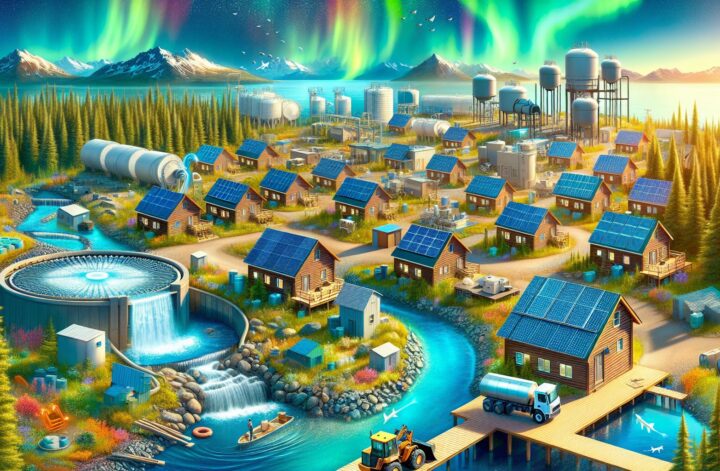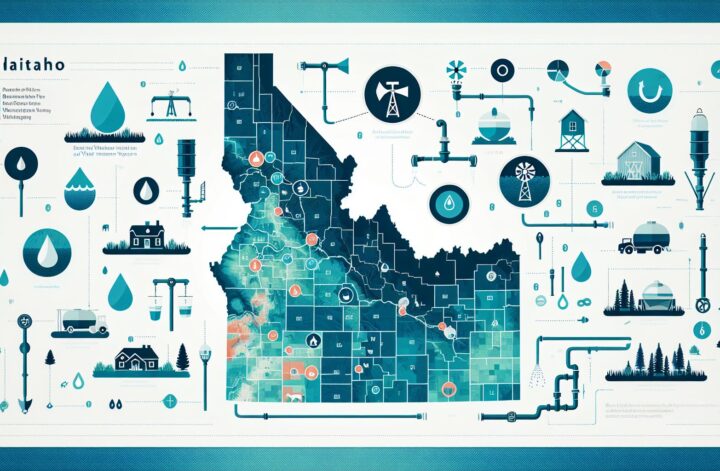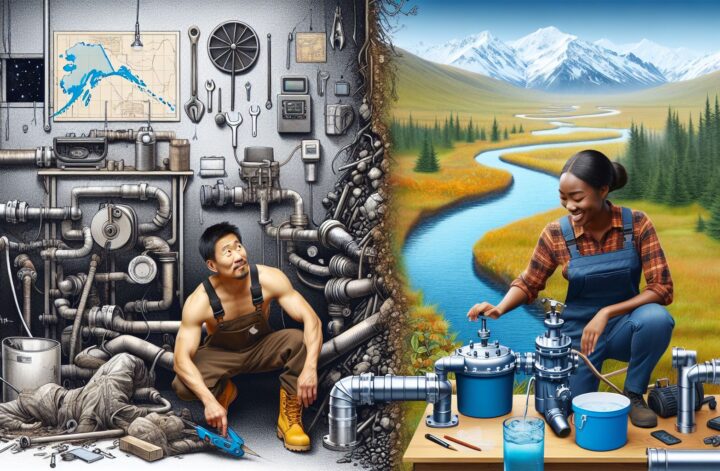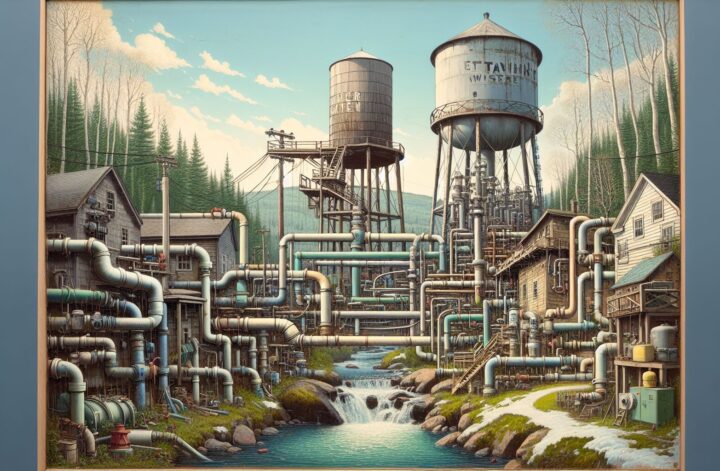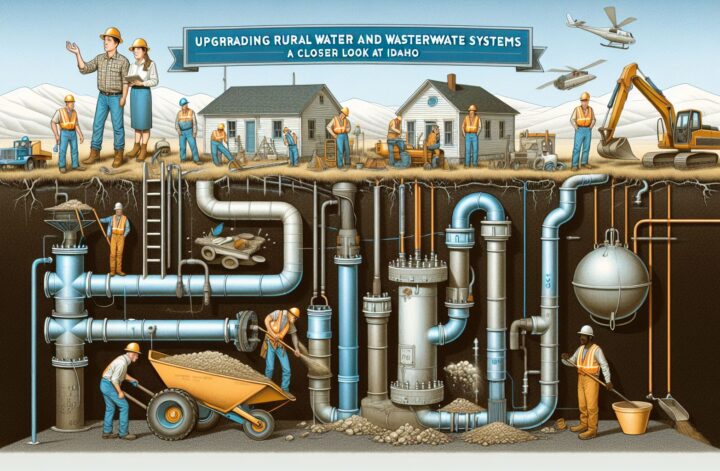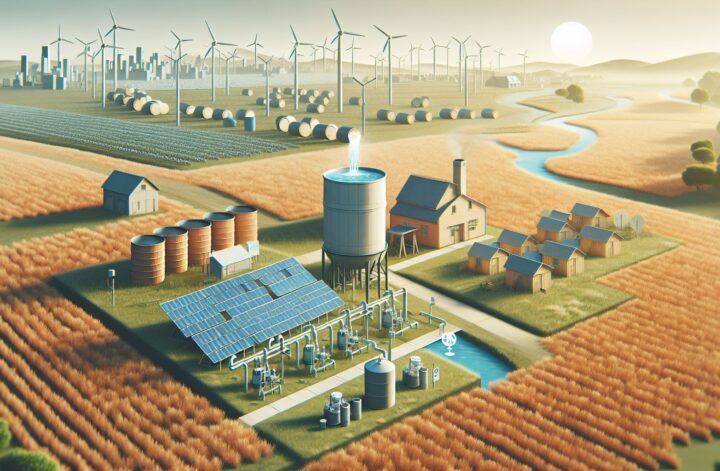As a state laden with expansive rural areas, Idaho presents a unique challenge when it comes to the management of rural water and wastewater systems. The state applies an admirable commitment to overcoming these challenges and does so with innovative thinking and stringent adherence to environmental standards.
The Idaho Rural Water Association (IRWA) plays a vital role in ensuring the state’s rural communities have access to clean and safe water. IRWA, a nonprofit organization, offers on-site training, technical assistance, and resources to rural communities and small municipalities. This helps these areas maintain an efficient, effective, and compliant water and wastewater system[^1^].
The rural water and wastewater systems in Idaho are primarily managed in line with the Idaho Department of Environmental Quality’s (DEQ) regulations. The DEQ provides a regulatory framework to protect water quality and public health. In relation to wastewater, the DEQ administers programs to regulate the construction, operation, and maintenance of public wastewater systems. For drinking water, specific attention is given to ensuring that groundwater is not contaminated by wastewater[^2^].
Idaho also benefits from federal support in its effort to manage water and wastewater systems effectively. The United States Environmental Protection Agency (EPA) provides funding through the Clean Water State Revolving Fund and the Drinking Water State Revolving Fund. These financial aids act as a significant resource for Idaho to finance infrastructure improvements to its water and wastewater systems[^3^].
Despite the numerous hurdles, Idaho continues to show great resilience and commitment to providing its rural population with high-quality water. It has taken a multifaceted approach that incorporates partnerships, regulations, funding, and local initiatives. This endeavors to ensure that Idaho’s rural water and wastewater systems continue to serve the needs of its residents resiliently and sustainably for years to come.
[^1^]: Idaho Rural Water Association
[^2^]: Idaho DEQ Water Quality
[^3^]: EPA State Revolving Funds




